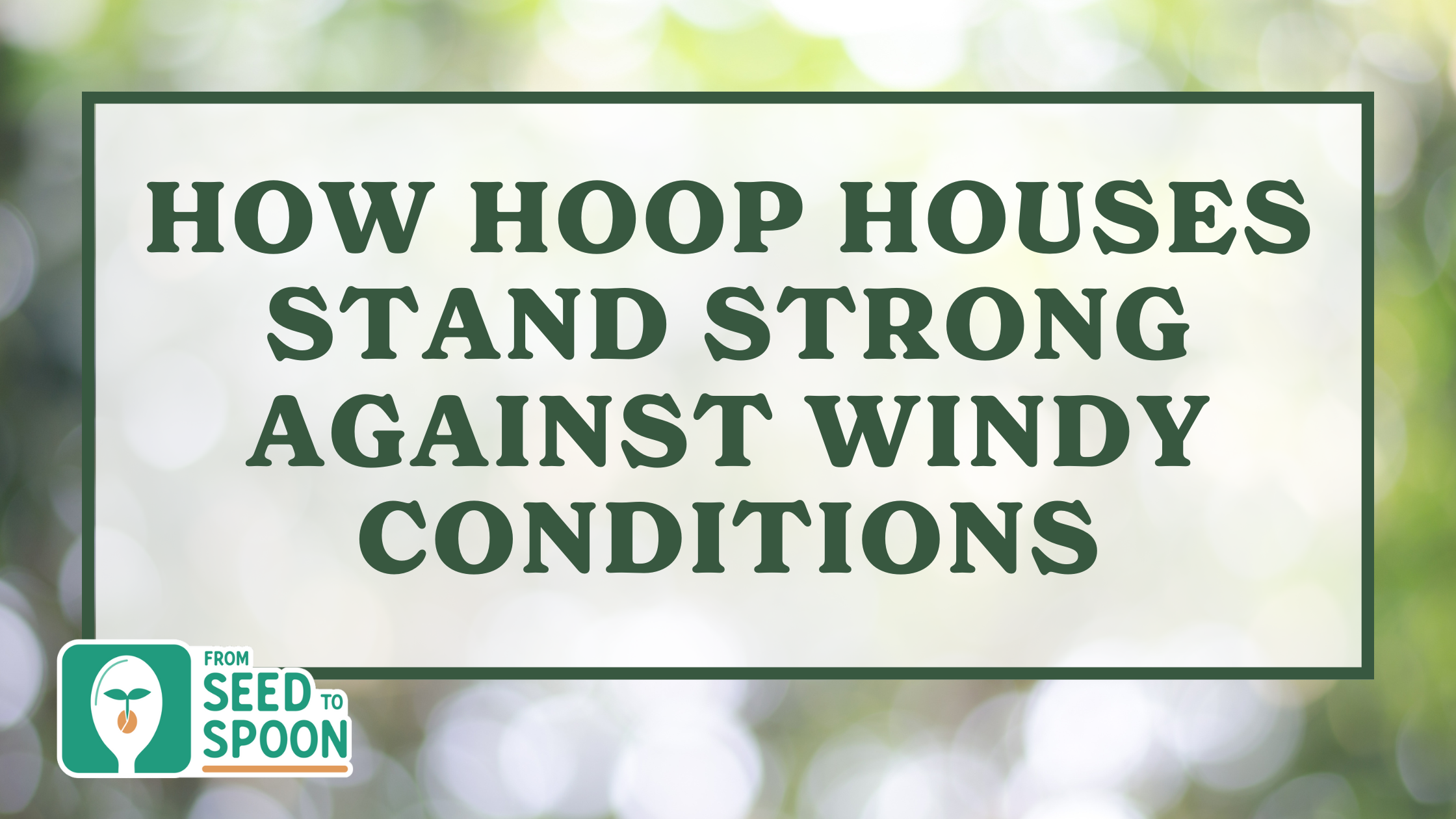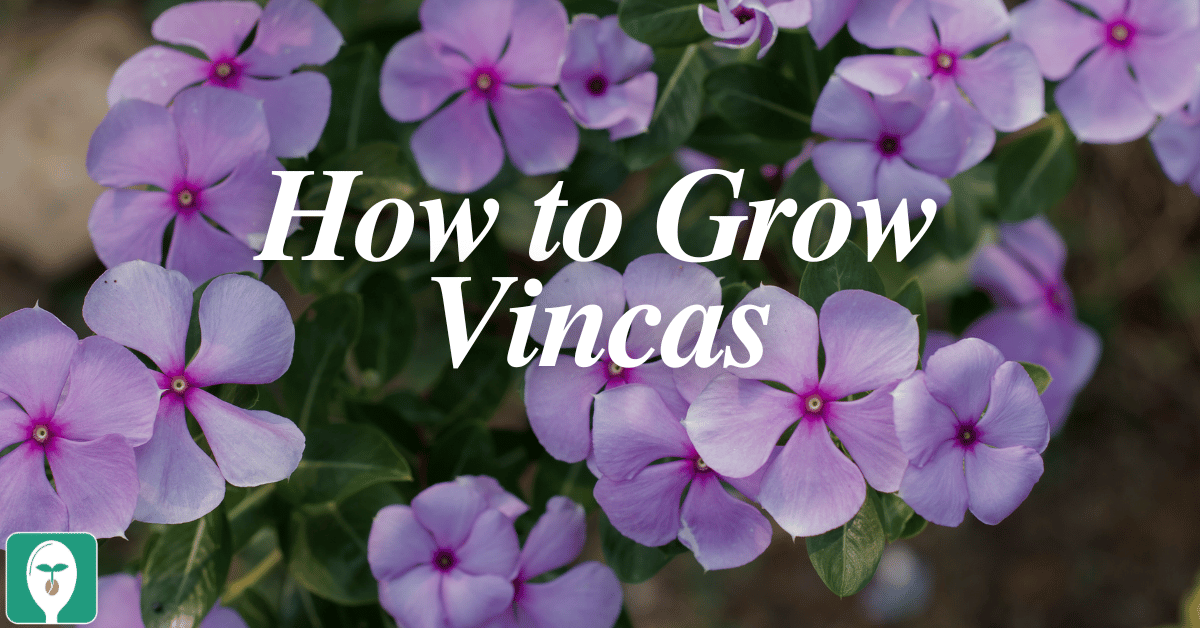
Gardeners and agriculturalists frequently express concern over the detrimental effects of severe weather on their greenhouses or hoop houses, with windy conditions posing a notable challenge to the stability and durability of these structures. Nonetheless, through strategic design and thorough preparation, it’s entirely possible for hoop houses to resist the pressures of potent winds, safeguarding the well-being and growth of your plants. In this exploration, we’ll delve into the methods by which hoop houses can effectively manage and withstand windy scenarios, informed by practical, real-world examples.
Wind-Resistant Features of Hoop Houses
On a particularly windy day, one might wonder how hoop houses can maintain their structure and protect the plants inside. The key lies in their design and the materials used. Hoop houses typically feature a wood framing that provides a sturdy base, preventing the structure from moving or collapsing under the pressure of the wind. This robust construction is crucial for their ability to withstand harsh weather.
Ventilation on Warm, Windy Days
It’s not just about standing strong against the wind; proper ventilation is also essential, especially on warm, breezy days. Properly propping open the hoop houses ensures that there is enough air circulation to keep the temperature inside at an optimal level for plant growth. This ventilation is crucial for preventing overheating and ensuring that your plants remain healthy. The strategic placement of openings allows the wind to pass through without causing damage, demonstrating a thoughtful balance between stability and airflow.
The Role of Plastic Sheeting
The plastic sheeting that covers the hoop houses might flap around in the wind, but this does not compromise the structure’s integrity. This flexibility allows the hoop houses to absorb and dissipate the wind’s energy without sustaining damage. The sheeting’s ability to move with the wind, rather than resisting it, is a design feature that helps prevent tears or dislodgement.
Ensuring Your Hoop House is Wind-Proof
For those looking to build or maintain a hoop house, it’s essential to focus on the quality of the materials and the construction techniques. Ensuring that the wood framing is securely anchored and that the plastic sheeting is properly attached and tensioned can make all the difference in how well your hoop house stands up to windy conditions. Regular checks and maintenance can help detect and address any potential weak spots before they become problematic.
The Resilience of Hoop Houses
Hoop houses are a valuable asset for gardeners and farmers, providing a controlled environment for plants to thrive in. Their ability to withstand windy conditions, coupled with proper ventilation practices, makes them a reliable choice for protecting your plants from the elements. By understanding the features that contribute to their resilience and taking the necessary steps to ensure their stability, you can enjoy the benefits of a hoop house without worrying about the impact of the wind. Whether you’re dealing with a light breeze or a strong gale, a well-prepared hoop house stands as a testament to the strength and durability of thoughtful agricultural design.
For those interested in starting or enhancing their gardening journey, consider downloading the “From Seed to Spoon” app. This tool can provide valuable guidance and tips for managing your hoop house and ensuring your gardening success, even in challenging weather conditions.

Carrie Spoonemore, co-founder of “From Seed to Spoon,” stands as a beacon of inspiration for gardeners and health enthusiasts alike. Her journey alongside her husband, Dale Spoonemore, in creating a platform that demystifies gardening and promotes a healthier lifestyle, has made a significant impact on individuals around the globe. Through the “From Seed to Spoon” app, Carrie has dedicated herself to empowering people to take control of their health and environment by growing their own food.
With a profound belief in the power of gardening to improve mental and physical health, Carrie’s contributions to the Seed to Spoon blog reflect her holistic approach to wellness. Her articles often focus on the nutritional benefits of homegrown fruits and vegetables, organic gardening practices, and the mental health benefits of spending time in nature. Carrie’s expertise in health science shines through in her detailed discussions on how specific plants can contribute to a balanced diet and overall well-being.
Carrie’s passion for gardening is deeply intertwined with her commitment to family and community wellness. She frequently shares personal stories of how gardening has brought her family closer together, offering practical tips for involving children in gardening activities and making it a fun, educational experience. Her writing encourages families to explore gardening as a means of spending quality time together while learning about nature and sustainability.
In addition to gardening advice, Carrie’s contributions to the blog include insights into the use of technology to enhance the gardening experience. She has played a crucial role in designing the “From Seed to Spoon” app to be user-friendly, ensuring that users of all ages and backgrounds can navigate the complexities of gardening with ease. Her vision for the app is not just as a gardening tool but as a vehicle for change, inspiring individuals to adopt a more sustainable lifestyle by growing their own food.
Carrie Spoonemore’s presence on the blog is marked by her compassionate approach to teaching and her unwavering belief in the transformative power of gardening. Her work continues to inspire a community of gardeners to pursue a healthier, more sustainable way of living, proving that with the right tools and knowledge, anyone can become a gardener and advocate for their health and the planet.






